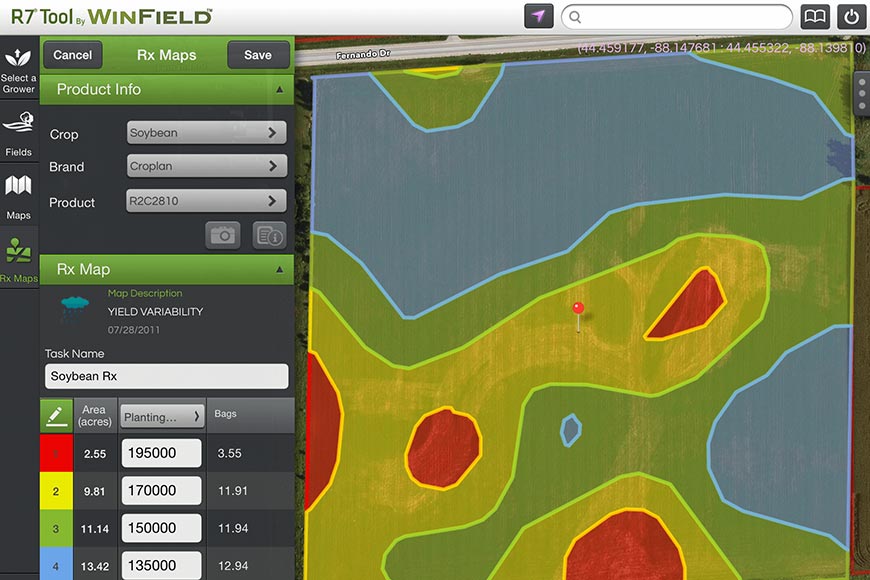Manage Populations to Stretch Inputs

The majority of planters in the field today are capable of doing variable-rate seeding, but only a small percentage of farmers are taking advantage of this feature. If you’re among the group of farmers who aren’t optimizing seed expenditures with effective population management, it’s time to take a closer look at this part of your operating plan.
The common misconception that variable-rate seeding is too complicated to tackle may be what’s holding some farmers back. However, by following a few simple steps, you can implement variable-rate seeding and help each hybrid reach its optimal yield potential.
The common misconception that variable-rate seeding is too complicated to tackle may be what’s holding some farmers back. However, by following a few simple steps, you can implement variable-rate seeding and help each hybrid reach its optimal yield potential.
- Understand contributing factors. For all hybrids, optimal plant population is related to a number of factors, including soil type, ear type, stress tolerance, stress levels and the timing of stresses relative to crop development.
- Determine management zones. Since productivity levels can vary within individual fields, breaking fields into management zones allows you to achieve the best overall potential results throughout each field. Look at soil types in comparison with historical satellite imagery and yield data, which can help you calculate variable rate seeding prescriptions by identifying high- and low-yield potential areas. Managing the field by zone allows more flexibility to increase ROI potential.
- Know when to push populations. Increasing plant populations for hybrids that thrive under increased plant density help achieve high-end yield potential, and maximizes fertility applications at a relatively low additional cost. For example, if you increase populations from 33,000 to 36,000 plants per acre, you now have 3,000 more plants per acre contributing to your yields. Higher populations can also help optimize your investment in products with high-yielding genetics that are protected by biotechnology traits.
- Lower input costs on marginal areas. It’s important to identify marginal field areas that can’t support more plants. Understanding which areas of the field have the least profit potential can help you save on input expenditures by decreasing plant populations and other input expenses. Lower plant populations also decrease the risk of poor pollination under drought conditions, and help mitigate stalk- and root-lodging threats, especially in continuous-corn fields.
- Reallocate seed supplies. By simply redistributing seed from marginal zones to areas with higher productivity, you can increase the yield potential of your field without a major increase in your overall seed costs. At WinField, we rate our own hybrids and our partner hybrids for their response to population so you can adjust seeding rates accordingly.

